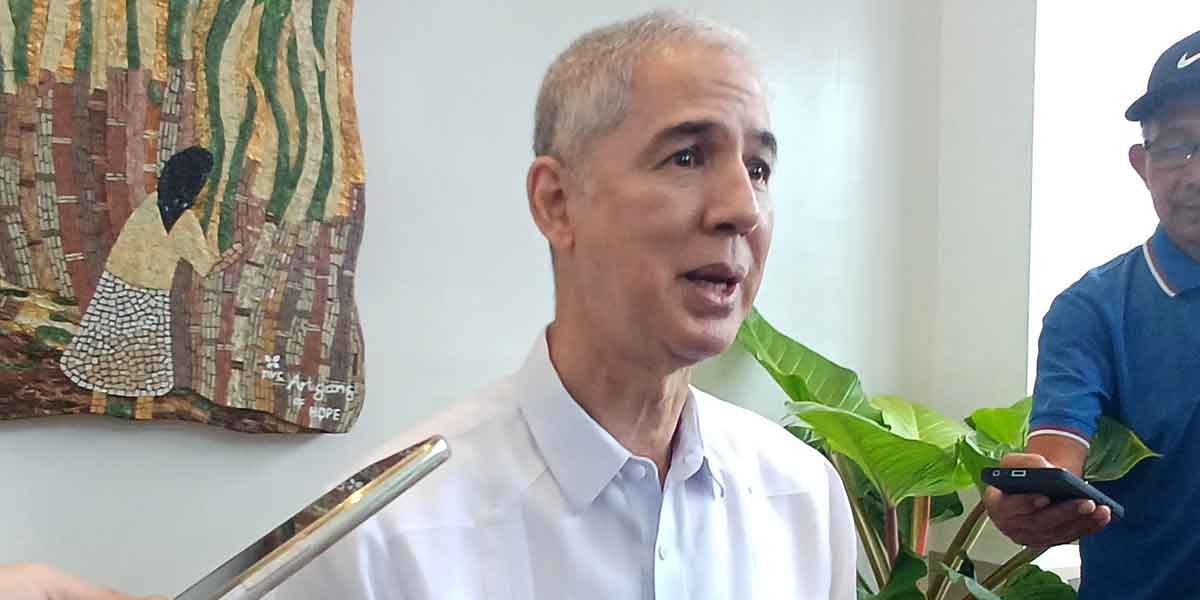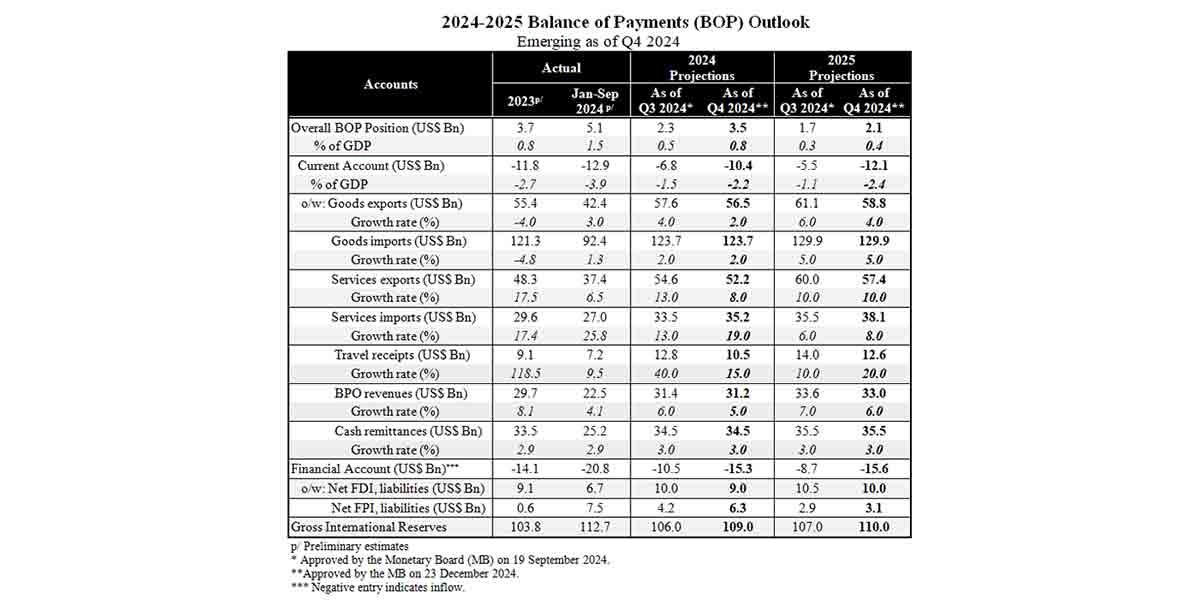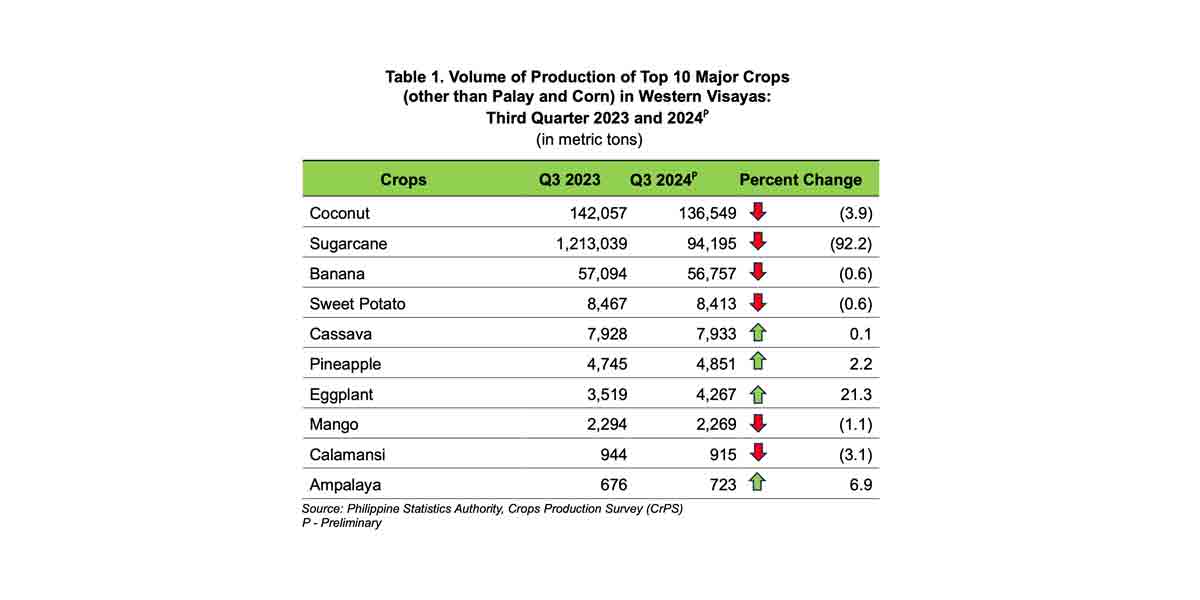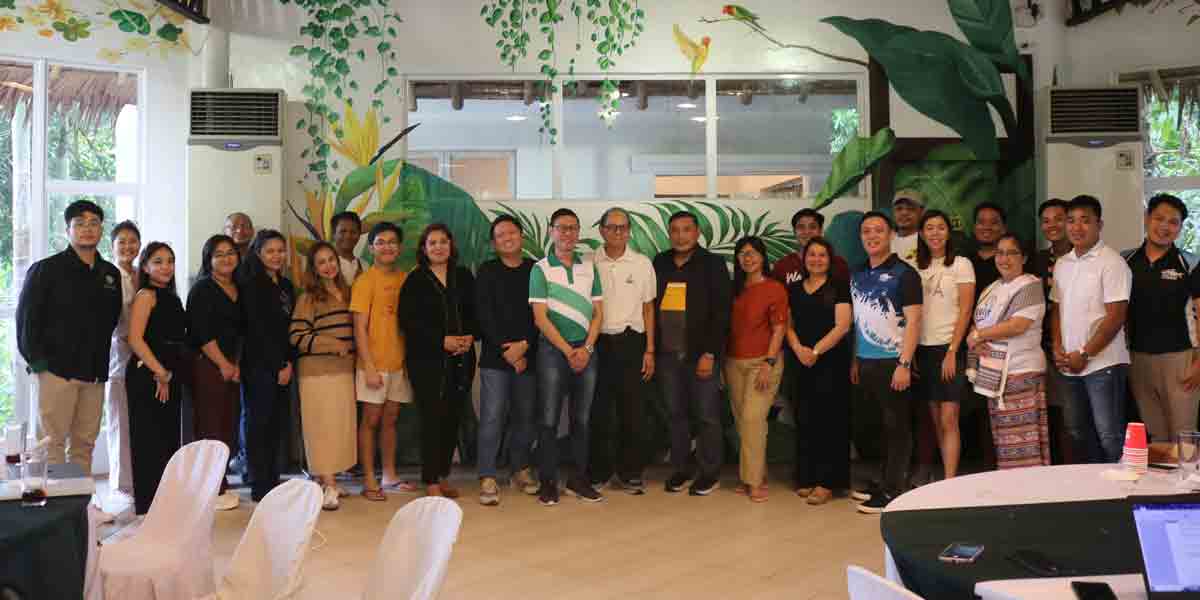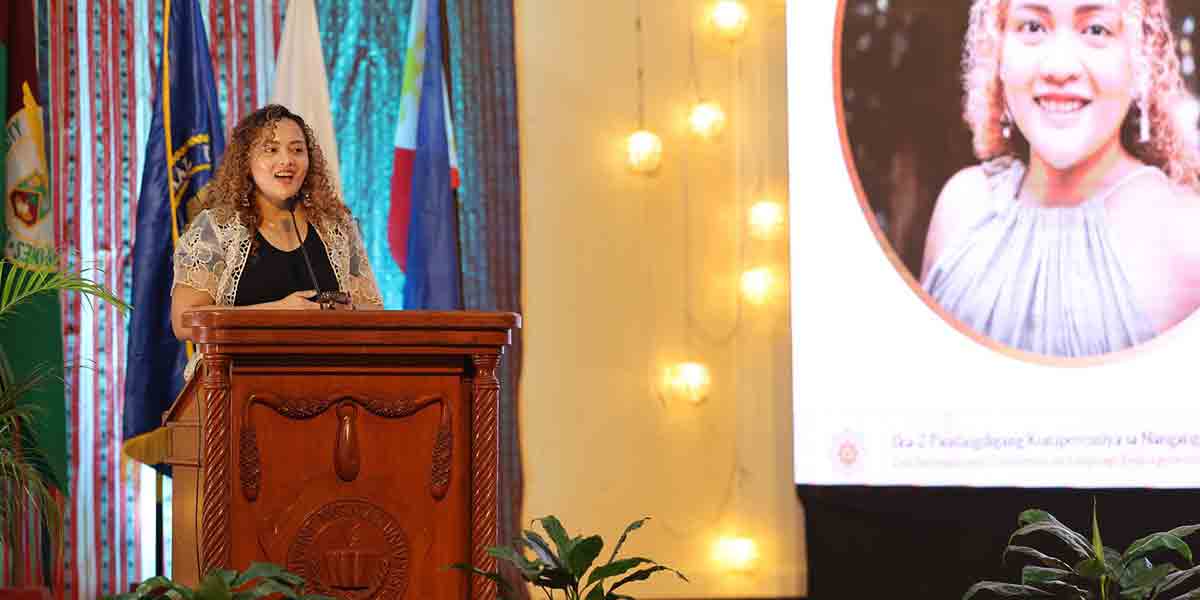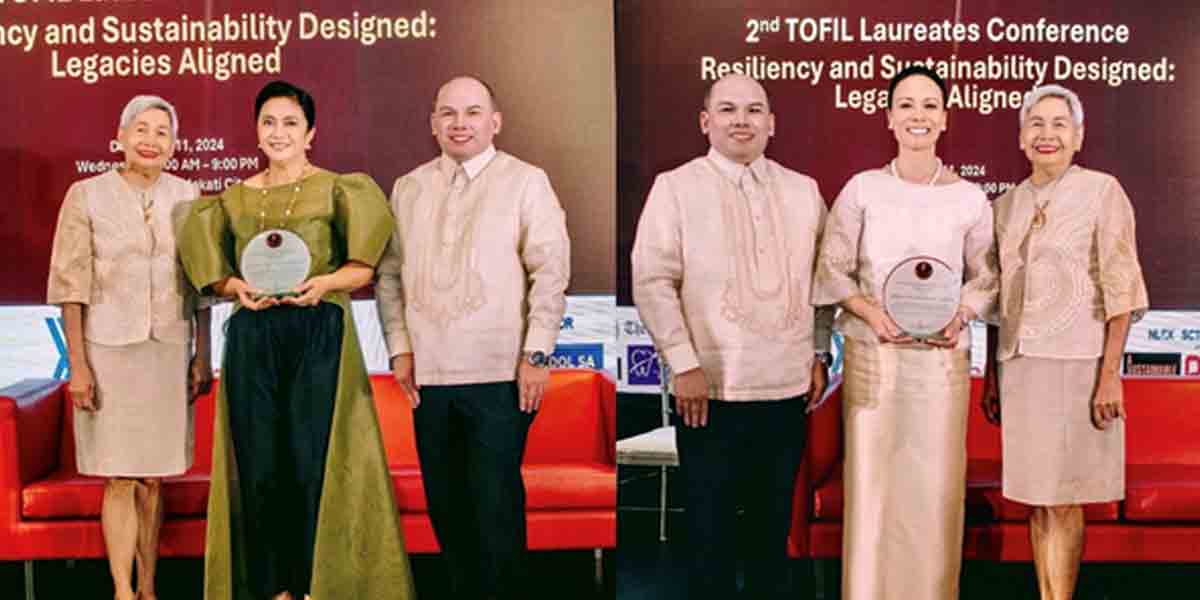
By Karlston Lapniten
Philippine Center for Investigative Journalism
Government agencies took years before paying heed to community pleas. Residents believe the action taken might have been too late. The story of sand mining in Ilocos Sur serves some hard lessons for ongoing concessions and explorations.
(This article was produced in partnership with the Environmental Reporting Collective. Journalists from 12 countries expose how a weakly regulated industry overlooks the environmental destruction and human toll of the highly lucrative and low-risk business of sand mining.)
BAGUIO CITY – During stormy high tides, splashing waves would reach a thick rusty steel bar, which protrudes on a large block of concrete firmly planted on a portion of the beach in Sitio Namnama in Tamorong, a coastal village in Sta. Catalina town, Ilocos Sur.
The concrete block, surrounded by a rectangular outline of building ruins, is what remains of a gigantic magnetite processing plant dismantled by the government in August 2013.
Natural elements slowly decimated the abandoned building after it was ransacked by villagers over time for steel materials, which they sold to junk shops.
A little over a decade ago, this side of the once-pristine black beach was far beyond the reach of sea tides, said Catholic priest Fr. Albert Rabe, who hails from the town.
“There were even sand dunes spread across the length of the beach from San Vicente to Caoayan, which acted as (a) natural barrier against the sea. Now, they are almost all gone,” he said.
Along the beach bordering Sta. Catalina town and nearby San Vicente, kilometer-long erosions scar the coastline. They reach as high as 15 feet, exposing the soil beneath the sand.
San Vicente, Sta. Catalina, and Caoayan are located in the northwest portion of the northern Philippines, facing the West Philippine Sea. For years, illegal offshore mining for black sand or magnetite in these towns ran unabated, causing drastic changes in the landscape and lives of locals.

In 2008, residents, community, and church leaders took action, calling the attention of regulators and law enforcement agencies. But protests across the region either fell on deaf ears or protesters were red-tagged. It would take years before government agencies finally stepped in to stop the illegal activities.
With the effects of heavy sand extraction still lingering years later, residents who had to move their houses and find work elsewhere believe the action taken might have been for naught.
“If black sand mining was stopped from the instance it was noticed, it would not have resulted (in) these irreversible changes,” said Rabe.

Digging for ‘black gold’
Black sand or magnetite is also known as “black gold” because of its value. In fact, sand in general is one of the most exploited resources in the world after air and water. Some 40 to 50 billion metric tons of it are being used every year, or an average of 18 kilograms per person per day, according to a 2022 study by the United Nations Environment Programme (UNEP).
Sand is the most important solid substance that makes modern life possible, Vince Beiser says in his book The World in a Grain. It’s in the things we use every day, from the concrete that makes up most houses and buildings, glass bulbs that light our homes, the clothes and hair care products that we use, to computer screens, the chips that run them, and the cables that connect to the internet.
The demand for this resource has thus become parallel to the rise of cities and countries. For example, in a June 2021 report, research company ReportLinker found that the drive for the huge demand in magnetite was due to the Chinese government’s increasing investment in buildings and infrastructure, as well as the growth in automotive, shipbuilding, machinery, engineering, and consumer goods in the Asia-Pacific region. The global magnetite market is expected to rise to an estimated $130.8 billion (P7.273 trillion) by 2026, according to the report.

In its 2019 State of the Environment report, the Philippines’s Environmental Management Bureau (EMB) stated that non-metallic mineral reserves, which include black sand, comprised about 99% of the total mineral reserves in Region 1, where Ilocos Sur is found.
Iron magnetite sand, which accounts for about 31% of non-metallic mineral reserves, can be found only in Ilocos Sur and the adjacent La Union province.
Latest data from the Mines and Geosciences Bureau (MGB) showed that the Philippines produced a total of 1.75 million metric tons of magnetite from 2012 to 2014, all coming from offshore mines in Cagayan province. All the minerals mined, worth $41.6 million (P2.263 billion), were exported to China.
Sand mining laws
Black sand mining in the Philippines is regulated and could only be done within specific areas.
The Mining Act of 1995 prohibits mining in offshore areas within 500 meters from the mean low tide level and onshore areas within 200 meters from the mean low tide along the coast. The same law bans mineral extraction within one kilometer of the boundaries of reservoirs established for public water supply, archaeological and historic sites, and any public works.
Meanwhile, Batas Pambansa Bilang 265 prohibits the “Extraction Of Gravel And Sand And Such Other Activities” as it would erode and diminish the natural beauty of beaches.
In 2018, the first report of the interagency Fact-Finding Committee on Illegal Mining titled “Philippine Mining Unearthed” identified quarrying of magnetite black ore or black sand as the “most common form of illegal mining operations.” Apprehension data showed that black sand mining often took the guise of dredging or sand extraction.
While plain old sand seems ubiquitous, it is a non-renewable resource, which means sand extraction leaves shorelines crumbling, beaches stolen, and marine ecosystems destroyed like what happened in Ilocos Sur.

Moving houses, declining catch
For instance, disturbance in the sea caused by illegal mining activities gradually reduced the catch of local fisherfolk. This forced them to go further away from the sea, which was more dangerous and costlier, said fisher Manong Karding (not his real name), who requested anonymity for safety concerns.
Fishers would be lucky to snag half a banyera (tub) of fish for a good day’s work when the ships started to frequent the coastal area, far from the usual full tub, he said.
Many like him were still afraid of complaining for fear of retaliation from foreign miners and local politicians.

“Others were simply forced to look for different jobs and relocate since we do not know how long the mining will last and how it will affect us,” he said.
What used to be a major livelihood became a “sideline” to agriculture and other labor jobs for Manong Karding, 40, since the prospects of fishing remained bleak.

He built his home a kilometer from the beach in the early 1980s, in Paratong village in Sta. Catalina. But he was forced to move four times, eventually settling in nearby Subec village.
The reduction of shorelines and rise of seawaters were gradual in the late 1990s but seemed to hasten when illegal sand mining activities picked up, he said.
“Our first location is now touched by waves. Vast portions of Paratong really got submerged, even in nearby villages,” he said.

In San Pedro village, Narvacan town, some 20 kilometers from Paratong, sea waves have reached the village, splashing against houses during strong typhoons. Like parts of San Vicente and Sta. Catalina, coastal erosions have eaten portions of the beaches in San Pedro.
Coastal erosions are a normal occurrence but could be aggravated and hastened by concentrated wave energy, triggered by changes in the seafloor such as extraction of sand, according to marine geologist and professor Fernando Siringan of the University of the Philippines Marine Science Institute.
Siringan said offshore mining, which disturbs the habitat of marine organisms, might also be the main factor behind the diminishing fish catch.
Changes in the benthic (sea floor) habitat occur not only in the area where sand is extracted. It spreads to adjacent areas, the scientist said. Such changes definitely affect the fish population, he told PCIJ in an interview.

Study: Sand mining areas to be submerged in 50 years
A 2016 study conducted by researchers at the State University of New York at Buffalo and University of California found that nine of 20 identified black sand mining areas experienced land subsidence at rates ranging from 1.5 to 5.7 centimeters every year from 2007 to 2011.
The 20 areas were identified as black sand mining sites in Luzon, the largest Philippine island, based on ground and news sources. The study used radar signals from Earth-orbiting satellites to measure changes in land-surface altitude, despite the small spatial extent of the activities.
Candon City, some 50 kilometers from Sta. Catalina, has a subsidence rate of 3 centimeters per year and is projected to be underwater in 50 to 70 years.
The study revealed that most mining sites were at low elevations and the rapid subsidence resulted in high exposure of the coastal areas to flooding and seasonal typhoons.
Even years after mining activities have stopped, subsidence will likely continue to affect the areas due to the disruption of the sediment budget, the study found.
Community discovers, documents illegal mining
Black sand mining in Ilocos Sur was first documented in 2008 when residents of San Vicente town and San Sebastian village, two areas separated by a river, noticed ships hauling sand from the sea and creating stockpiles on the shore.
Residents then wrote a petition to the regional office of the Department of Environment and Natural Resources (DENR) to stop the activities in the area. The DENR did not officially respond to the petition.
Rabe said the DENR in 2009 denied the existence of offshore mining in the area.

Since 2008, protests across the region urging the government to stop mining activities have fallen on deaf ears and protesters have been red-tagged, said Sherwin de Vera, research and education officer of environmental advocacy organization Defend Ilocos. (In December 2017, De Vera was arrested on a charge of rebellion filed in 2014 and was freed after a month. His case was eventually dismissed.)
He said that before the 2010 elections, protests were held in Sta. Catalina, San Vicente, and Vigan against black sand mining. A year later, various sectors and groups opposed to illegal mining convened at St. Paul College, in Bantay, Ilocos Sur, and formed Defend Ilocos.

Residents and advocacy groups, including members of the clergy, documented the hauling of sand in Caoayan, Ilocos Sur from the sea to processing plants on the shores, and its effects on the environment.
Letters and manifestos to stop the illegal mining activities were repeatedly sent to various government offices, including the Office of the President, over the years.
However, offshore mining still persisted, said de Vera.


Following incessant written complaints by residents to various government offices, the Mines and Geosciences Bureau (MGB) and the Provincial Environment and Natural Resources Office (PENRO) of Ilocos Sur conducted an investigation along the coasts of San Vicente, Sto. Domingo, and San Ildefonso towns on Oct. 4, 2011. They reported that “no actual extraction of magnetite sand was observed.”
About this time, Mang Karding’s family, a devout Catholic, started to join the Ilocos Sur Collective Action for the Protection of the Environment (ISCAPE), a broad network of environmental groups, in various protests and prayer rallies, hoping to bring back the pristine fishing grounds of Sta. Catalina.
In 2011, ISCAPE discovered concrete structures built in Sitio Namnama containing equipment and machines for magnetite processing.
Fr. Rabe, also a member of ISCAPE, said photos and videos of heavy equipment and stockpiles of black sand were sent to the DERN and MGB, as well as seacraft docking in the vicinity of Ilocos Sur for weeks.
In May 2012, citizens and public officials, including Sen. Aquilino Pimentel III, filed with the Supreme Court a petition for the Writ of Kalikasan in connection with “large-scale mining operations” of magnetite ore in the Ilocos-Pangasinan coastline.
The complainants urged the high court to issue a Temporary Environmental Protection Order to stop the exploration and mining activities in the area. In an en banc or full-court decision, the Supreme Court granted the writ and ordered the Court of Appeals to hear the case.
However, in a December decision, the Court of Appeals junked the case for lack of merit.

MGB issues cease-and-desist orders in 2013
Five years after the first formal complaint against illegal sand mining, MGB finally issued two Cease-and-Desist Orders (CDO) to Wellresource Mining Inc. early in 2013 to stop operations. However, ISCAPE claims that mining activities persisted. The group documented vessels coming to shore, mounds of black sand piling within the vicinity of the corporations, and dump trucks carrying alleged black sand to Salomague Port in Cabugao, Ilocos Sur.
In May 2013, the MGB issued another set of CDOs against three Chinese companies: Hong Ze Mining Corp., Yinyi Philippines Investment Holding Group, Inc., and An Bang Mining Company for operating without necessary permits and for mining within the 200-meter onshore area in San Vicente and Sta. Catalina where mining is prohibited.
Based on local government data, Wellresource was issued a Temporary Industrial Sand and Gravel (ISAG) Permit while Hong Ze held a Mineral Processing Permit. Both were issued by the MGB regional office.
Documents from the Securities and Exchange Commission (SEC) showed that Yinyi, Hong Ze, and Wellresource were registered as corporations in 2010 while Anbang was registered in 2009.
Wellresource, an all-Filipino company based on the records, received P2.5 million from Yinyi, whose incorporators are all Chinese nationals.
However, despite the CDOs, truckloads of black sand aggregates continued to be transported from the three adjacent towns to barges at Salomague Port in nearby Cabugao town and Curimao Port in Ilocos Norte, Rabe said.
All four companies were no longer on the list of applicants and holders of mining concessions, according to MGB data as of March 2023.
DOJ finally steps in
Finally in August 2013, after a series of dialogues, then Justice Secretary Leila de Lima led a joint raid called “Operation Bagnet,” which led to the dismantling of the illegal mining facilities.
Formed through a joint department order in October 2012, the multi-agency initiative included the Department of Justice (DOJ), the Department of Environment and Natural Resources (DENR), and the Department of the Interior and Local Government (DILG).
Records of the joint operation showed that 104,188 metric tons of black sand concentrates were confiscated in Caoayan and San Vicente. At that time, the haul was worth $3,125,640 at $30 per metric ton.
The processing plants were also demolished.
“It took a long time and huge damage to the environment and the people before there was action. But, it was answered prayers,” said Rabe.
In that same month, government raids in the Cagayan region also uncovered foreign companies, mostly Chinese, operating illegal magnetite extraction.

Cases filed, dismissed
In December 2013, three cases filed against individuals caught smuggling black sand concentrates in San Vicente were dismissed for “lack of evidence.”
News website Bulatlat reported that three truckloads of black sand were seized by law enforcers during a raid in October 2013. The evidence was then turned over to provincial police but eventually vanished under police custody.
The sand seized was not presented in court during the trial, said Rabe who was one of the complainants.
Another case was filed against Wellresource Mining in July 2012 but was similarly dismissed due to lack of evidence.
“The silver lining is that the illegal black sand mining was stopped. But after, the damage became very heavy and irreversible,” said de Vera.
Sightings of ships suspected of extracting sand occurred until 2014, said Rabe.
Looming threat
In 2012, President Benigno Aquino III suspended the issuance of new mineral permits and agreements, including those covering black sand mining operations, until favorable revenue-sharing schemes and mechanisms have taken effect.
However, Aquino’s successor, President Rodrigo Duterte, lifted the moratorium in 2019, arguing that the mining industry could “usher significant economic benefits to the country” and support government projects and programs.
According to consolidated MGB data, only 10 concessions were given permits by the government to mine magnetite under Mineral Production Sharing Agreements (MPSAs) and Financial and Technical Assistance Agreements (FTAAs).
Under MPSAs, the government conceded a total of 73,274 hectares of the Philippine seabed to eight concessions in Cagayan province and four in Leyte, both for magnetite mining.
The MPSAs are expected to expire between 2030 to 2035 according to consolidated data from the MGB.
Under FTAAs, two offshore magnetite mines covering almost 20,000 hectares were allowed in Pangasinan and Ilocos Sur until 2045.
Both MPSAs and FTAAs allow foreign corporations to extract minerals for 25 years and are renewable for the same duration.
There were over 50 applications for the exploration of magnetite deposits along the coasts of Leyte, Negros Occidental, Pangasinan, Ilocos Norte, Ilocos Sur, La Union, Cagayan, Agusan del Sur, Aurora, Bataan, and Zambales.
According to a June 2022 report by the Environmental Management Bureau (EMB), only four magnetite extraction projects in the country were tagged by the EMB as Environmental Critical Projects with approved environmental compliance certificates. Three were located in Cagayan while the other one was in Camarines Norte. None were located in Ilocos Sur.
Small-scale illegal black sand mining, however, has been documented in various coastal towns in Ilocos Sur down to Pangasinan, said de Vera.
Across the country, various environmental groups reported a total of 20 magnetite mining activities in the northern Luzon coast, starting from Cagayan province to the Ilocos region, and up to Zambales. Black sand mining has also been reported in the island province of Leyte.
The groups included Defend Ilocos, Kalikasan People’s Network for the Environment, Alyansa Tigil Mina, Katinnulong Daguiti Umili iti Amianan (Kaduami), and Pangasinan People’s Strike for the Environment.
Pending bills
No law has been passed to prohibit black sand mining.
House Bill 10618, “An Act Prohibiting The Exportation Of Black Sand And Its Derivatives In Their Raw Form,” failed to muster approval in 2021.
The bill wanted black sand to be exported only upon undergoing advanced processing to leave other minerals and resources behind.
De Lima, who became a senator, filed Senate Bill 1075 in 2019 to prohibit black sand mining operations in the country, saying it continued “to wreak environmental havoc while placing people’s health and livelihood at great peril.” The measure did not pass.

“People can come to visit us in Sta. Catalina so that they can see for themselves the effects of black sand mining,” said Rabe.
Mang Karding still dreams of the day when their nets will again be filled with the bounties of the seas off Ilocos Sur. Perhaps not soon, but in the near future.
“We cannot leave the coast as this is our home. Besides, the sunset in Sta. Catalina remains the most magnificent day-ender,” he said. –With research by Martha Teodoro, PCIJ, April 2023
Beneath the Sands, a one-year investigation by the Environmental Reporting Collective (ERC), examines the cost of mining sand, the world’s most exploited resource in the world after air and water.
ERC and its reporting partners in 12 countries expose how a weakly regulated industry overlooks the environmental destruction and human toll of the highly lucrative and low-risk business of sand mining.
Photographs: Karlston Lapniten
Infographics: Joseph Luigi Almuena, Karol Ilagan and Kuang Keng Kuek Ser

